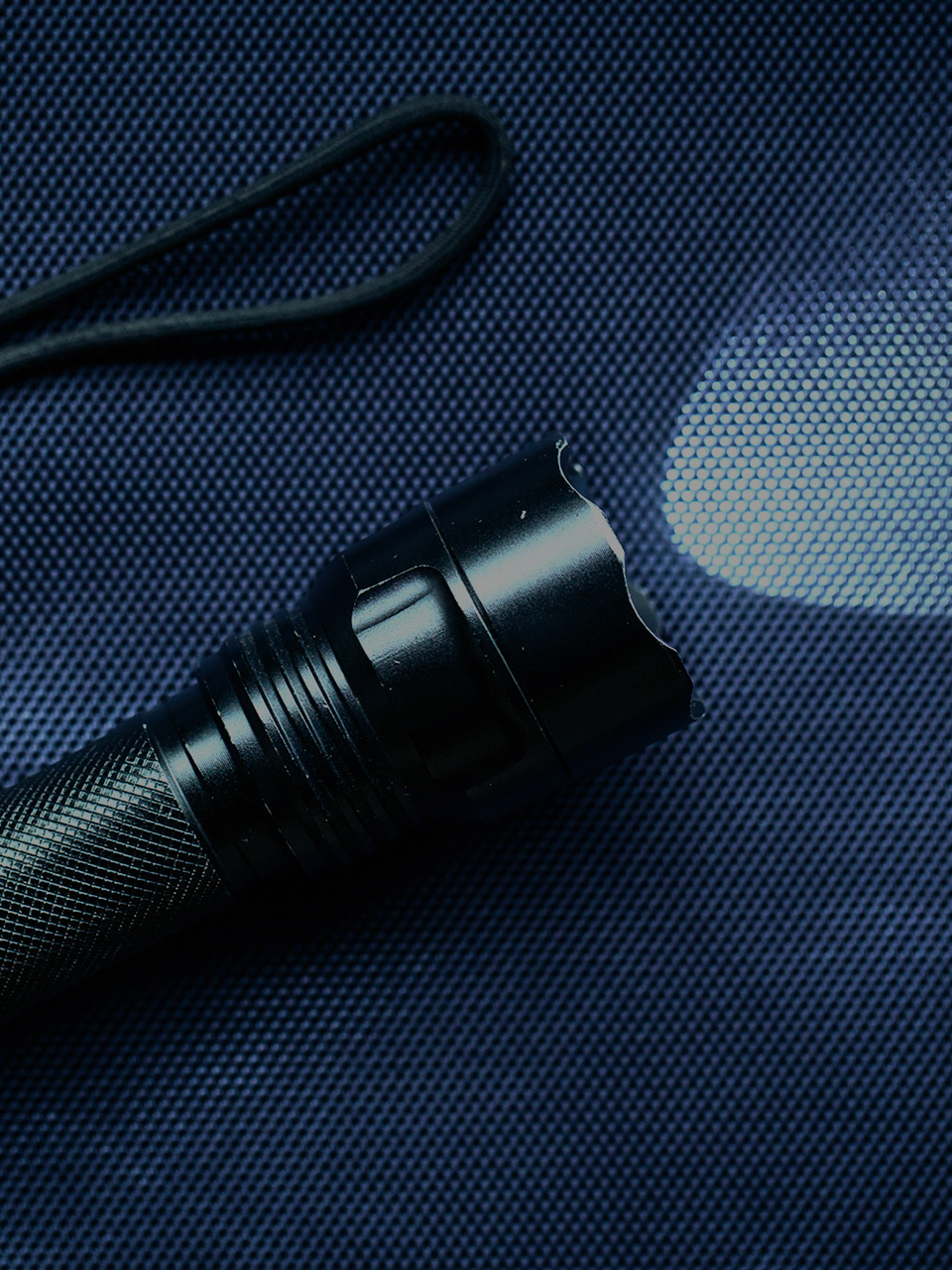
Tap to Read ➤
11 Must-haves for a Winter Storm Survival Kit
Sheetal Mandora


A major winter storm can last from a few hours to several days or weeks. Knowing how to prepare yourself for such an event is crucial. Put together here is a list of 11 must-haves for a winter storm survival kit.

Survival 101
When a storm strikes, stay indoors and avoid strenuous physical activities that might overexert you. Wear loose, lightweight clothes to keep yourself warm and dry.

Winter storms can neither be predicted nor controlled. Although there has been quite an advancement in weather forecasting techniques, no one can be completely sure as to what Mother Nature will swing our way. So, instead of being caught off guard, it's best to prepare for the worst, and keep the following 11 items in your home to survive a winter storm.

Preparing for the Storm at Home

You may or may not have enough time to prepare the kit. However, it's ideal to keep your supplies current. While going through the images and list, make notes on a notepad or bookmark this for future reference.
Bottled Water


A basic survival item, bottled drinking water should be stocked in abundance, whether you're at home or on the road, going to another secure location. There is always the possibility of the pipes freezing during the storm. Hence, it's a good practice to have bottles or gallon jugs filled with drinking water for everyone in the house.
High-calorie, Non-perishable Food


Instead of cooking your meals, eat canned foods (Spam, tuna, etc.) to conserve energy. At times, extreme weather conditions result in power outages in several areas. In order to make this time bearable, you can keep yourself energized and full with dried fruits, crackers, energy bars, granola bars, jerky, nuts, and other snacks.
LED Flashlights
What you need is a heavy-duty LED flashlight that can be easily recharged at home. With the advancement in technology, you can easily find flashlights that provide different types of lighting systems for specific uses. Apart from this, you should also have a few battery-powered flashlights in case the power goes out.
LED Lantern
As a backup, keep LED lanterns in every room of the house. You never know when you'll be needing them. After all, we're talking about being prepared for anything. Just remember to remove the batteries from the lanterns when they're not in use.
Extra Batteries
So, you have the flashlights and the lanterns. What about the most essential component that makes these items work? That's right, we're talking about the batteries. Have as many extra batteries as you can possibly get your hands on. Be sure to check the model of the flashlights and lanterns, and purchase the right batteries for each.
Cell Phone Charger
Even though smartphones are a boon to society, they exhaust the battery in no time. Very often do they last for 12 hours on one charge. Which is why, keep your cell phone charger as close to you as humanly possible. As an added precaution, and if you have access to the Internet, download the national or local weather channel's apps to keep yourself updated.
First Aid Kit
In order to treat minor injuries, include first aid supplies in your kit. There are ready-made kits available in drugstores, or you can purchase one from the chemist.
However, as an inspection from your side, make sure it contains a box of adhesive dressing, antiseptic lotion, cotton wool, bandages, antihistamine cream, tweezers, gauze bandages, aspirin, oral thermometer, scissors, antiseptic wipes, and non-latex gloves.
Battery-powered Radio
If you lose Internet connectivity on your cell phone or the power goes out, a battery-powered radio will help you get the latest weather reports. Do make sure to keep extra batteries handy.
Prescription Medications
Like food, it is wise to store enough prescription medication that'll last for a few days. The roads may or may not be functional for a few days after the storm has hit. You do not want to have any medical emergencies due to this.
Matches and Candles
We've asked you to keep LED flashlights and lanterns, along with extra batteries. However, keep plenty of matches and candles at home in case the flashlights or lanterns suddenly give out or run out of batteries.
Blankets
Ideally, you need to wear lose, yet warm clothing during the storm. However, blankets also are a must to include in your kit. If there is no heat or the weather conditions become adverse, you will at least have enough blankets for everyone to ward off the cold.
Preparing for When You Travel
As we've mentioned earlier, try to stay indoors as much as possible. However, we can never be too sure about the weather. If, for any unavoidable reasons, you have to leave your home to go to a more secure location, or are already outside when the storm hits, follow these survival tips.
✦ While traveling, if you get stuck in the storm, the #1 rule is to stay inside your car. It's the best possible shelter for everyone, and will keep you out of harm's way.
✦ Immediately dial 911 to provide your location, condition of everyone in the car, and information on whether anyone is in need of immediate medical attention.
✦ After every hour, turn on the engine while opening the windows a little for fresh air. You do not want to inhale carbon monoxide. When turning the engine on, do make sure that the exhaust pipe is not blocked.
✦ Make sure to keep a well-stocked backpack in your car. Include all the items mentioned here. Apart from these, you should also keep a car cell phone charger, sleeping bags, jumper cables, pocket knife, shovel, signal flares, tow rope, windshield scraper, rock salt, whistle, and a bright-colored cloth (for signaling).
✦ If you're outside the car, try to find shelter in order to stay dry. Be sure to wear warm clothes and have your backpack handy. To attract attention and for heat, build a fire. Don't eat the snow. Melt it inside a can over fire, and then drink it.
Living in regions where winter storms are a common existence for its residents can be tough. So, if you are going to move or have recently moved to such an area, it's always a smart move to be prepared. Ask for advice from your neighbors so that you can educate yourself and your family members on how to be safe.
Finalize a safe spot to meet if anyone gets separated, and develop an emergency communication plan with family members, friends, neighbors, and other community members in case someone gets separated.